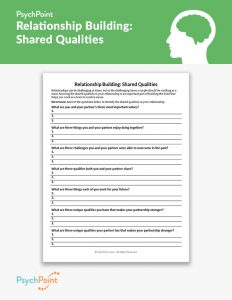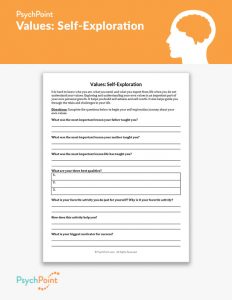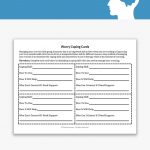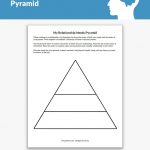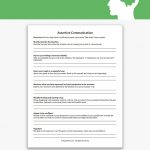Balancing Logic And Feelings Worksheet
Worksheet updated on July 4th, 2024
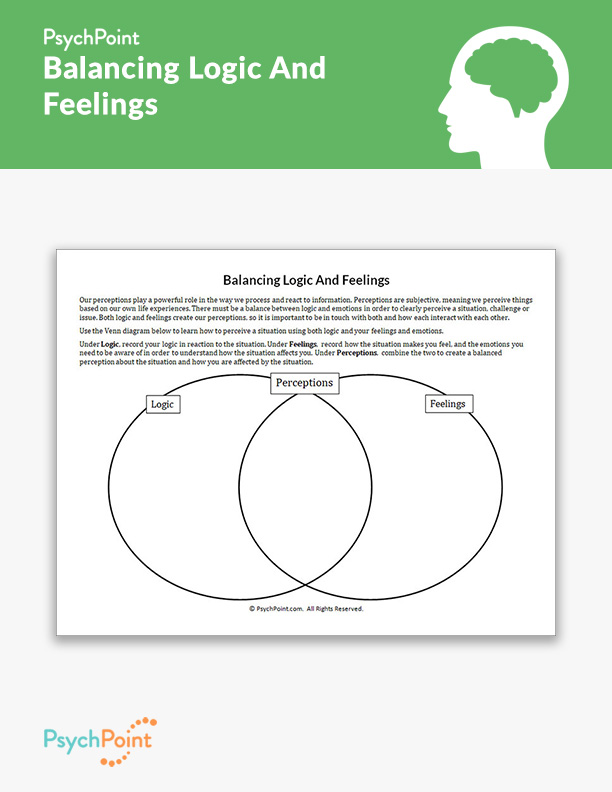
It can sometimes be a challenge for a client in therapy to balance their thoughts and feelings. Difficulty with finding clarity when feeling uncomfortable emotions is common because the two elements can tend to work against each other. Conflict between feelings and logic can cause anxiety, panic, depression, and more when not properly addressed.
Helping clients improve their perspective and think in healthier patterns involves teaching them how to balance their logic and feelings. Using skills that help close the gap between emotions and perspective can help clients in therapy cope with life’s challenges.
About This Worksheet
While logic and feelings tend to work independently, there is a way to find a middle ground between the two. The Balancing Logic And Feelings worksheet uses a Venn diagram to provide a space for clients to reflect on both their emotions and logic.
This worksheet helps clients who tend to pay closer attention to one side over the other. It can help boost awareness of logic and feelings and reduce internal conflict in response to conflict. The Balancing Logic And Feelings worksheet can be used with adults participating in cognitive therapy.
Instructions
When both logic and feelings are considered, a client can understand how to build a healthy perspective for upsetting problems. Before assigning this worksheet, review the concept behind the Venn diagram with your client. Determine which side the client tends to favor, and explain how it will help them build a healthy perspective to consider each side when developing an understanding of a challenging situation.
On the left, have the client record the logic behind the issue. On the right, have the client reflect on how the issue makes them feel. In the center, instruct the client to combine logic and feelings to develop a healthy and realistic perspective. When completed, reflect on the exercise and discuss how it can be used in real-life scenarios.

